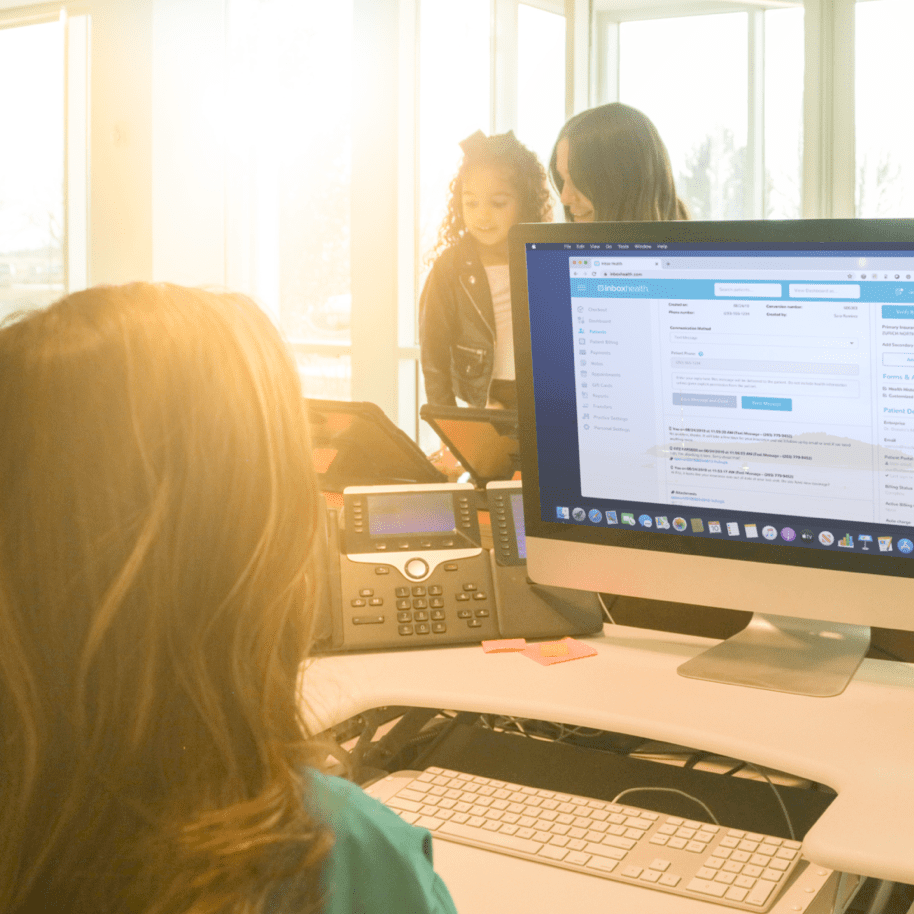Blog, Patient Retention, Increasing Revenue, Operational Efficiency, Patient Experience
Planning Your Revenue Cycle Management Toolkit

Without the right revenue cycle management (RCM) tools, you run the risk of delayed and denied claims, payer audits and recoupments, operational inefficiencies, and potentially even patient dissatisfaction.
One of the most critical tools? RCM technology.
In fact, RCM software is the number one provider investment priority over the next year, according to a recent industry report. “Providers of all types cited RCM as a top priority for the next year, pointing to a broad set of specific priorities, including revenue integrity, charge capture, and complex claims, and underscoring a robust set of RCM needs across the provider ecosystem,” the report states.
One of the biggest drivers of widespread investment in RCM technology? Healthcare staffing shortages.
Leveraging RCM technology helps your practice address the staffing crisis by automating certain tasks and increasing the efficiency of others.
“Covid-19–era staffing shortfalls and burnout among physicians, nurses, and other clinicians, as well as IT and office personnel, continue to plague providers,” the report states. “These shortages led to a pandemic-era spike in wage inflation, which has been further exacerbated by rising wages and product cost inflation in the broader economy over the past 12 to 18 months. As a result, providers are looking to software solutions to boost productivity and automate tasks, with the ultimate goal of stronger financial outcomes and higher-quality patient care,” the report continues.
Creating your own RCM toolkit
As you look ahead to 2023, creating an RCM toolkit will be paramount. Here are some ideas to help you get started:
- Automated personalized, timely patient bills. As your medical practice continues to face Medicare payment cuts and other payment challenges, you can’t necessarily afford to wait 30 days to send batch statements. Instead, leverage RCM technology that automatically reviews files and intelligently delivers statements through each patient’s preferred method of communication. It’s about helping you focus on delivering high quality patient care—not repetitive administrative tasks that consume financial and operational resources. A recent industry report found that administrative spending accounts for 15%–30% of healthcare spending.
- Digital payment options. Your ability to remove barriers to payment is paramount. That’s why it’s important to ensure your RCM technology toolkit includes the ability for patients to securely access simplified, easy-to-understand medical bills and pay via credit card, digital wallet, or ACH (in addition to phone and check). Providing the option to pay digitally can greatly enhance patient satisfaction.
- 24/7 patient support. Your patients have questions about their bills, and your billing team has answers. However, you probably don’t physically staff your office around the clock. That’s why it’s important to give patients with the ability ask common questions and receive live chat smart responses. Equally as important is being able to instantly connect HIPAA-compliant email, live chat, and SMS correspondences to each patient’s file. Answering patient questions as quickly as possible helps you promote timely patient collections, build trust, and convey a sense of empathy./
- Reporting and analytics. These days, an efficient RCM requires data—and lots of it. For example, what types of denials does your medical practice see most frequently? What is your history of denials by payer? You need to understand your baseline performance and then optimize your processes with standard reports and dynamic dashboard visuals.
- Performance metrics. You won’t know the effectiveness of your RCM processes unless you measure them. That’s why patient billing metrics are important. For example, your RCM technology should provide easy access to details regarding unique patients billed, sums of patients collected through the patient portal, accounts receivable aging broken down by patient and aged trial balance, collections reporting by patient, and more. You should also be able to monitor the volume of patient support tickets as well as payment behaviors. Again, you can’t fix something if you don’t know it’s broken.
- Policies. A strong RCM process includes a clear and concise patient financial responsibility policy. When patients clearly understand their responsibilities before services are rendered, you and your staff spend less time answering questions about bills and chasing past-due payments. Likewise, a denial management policy is also important. How will your practice handle denials and appeals? What specific workflows will you have in implement?
- People. An all-star team includes the following:
- Well-trained registration staff who input demographic and financial data
- Physicians and nurses who document appropriately in each patient’s medical record
- Certified medical coders and billers who understand the nuances of complex regulations
Your people are often your greatest asset, which means having a robust retention strategy is also critical.
- Ongoing education and audits. Invest in your staff by providing role-based training to prevent RCM challenges as proactively as possible. For example, educate billing staff on payer contract requirements, timely filing rules, and fees schedules. Educate medical coders on new, revised, and deleted medical codes. Educate physicians on evolving payer documentation requirements. Also invest time in creating point-of-service collection and other scripts for registration staff to follow to provide consistent, high quality customer service. Then conduct frequent audits to ensure you’re producing the results you want to see.
Conclusion
RCM technology is an important tool to ensure compliance, but it’s not the only one. Creating an RCM toolkit that leverages technology, policies, people, and education will ensure revenue integrity in 2023 and beyond. Learn how Inbox Health can help.

Lisa A. Eramo, MA is a freelance healthcare writer who specializes in healthcare reimbursement, health information management, value-based care, and patient engagement. She contributes bylined articles to various healthcare trade publications and also assists clients with healthcare content marketing. You can reach her at lisa@lisaeramo.com or by visiting www.lisaeramo.com.